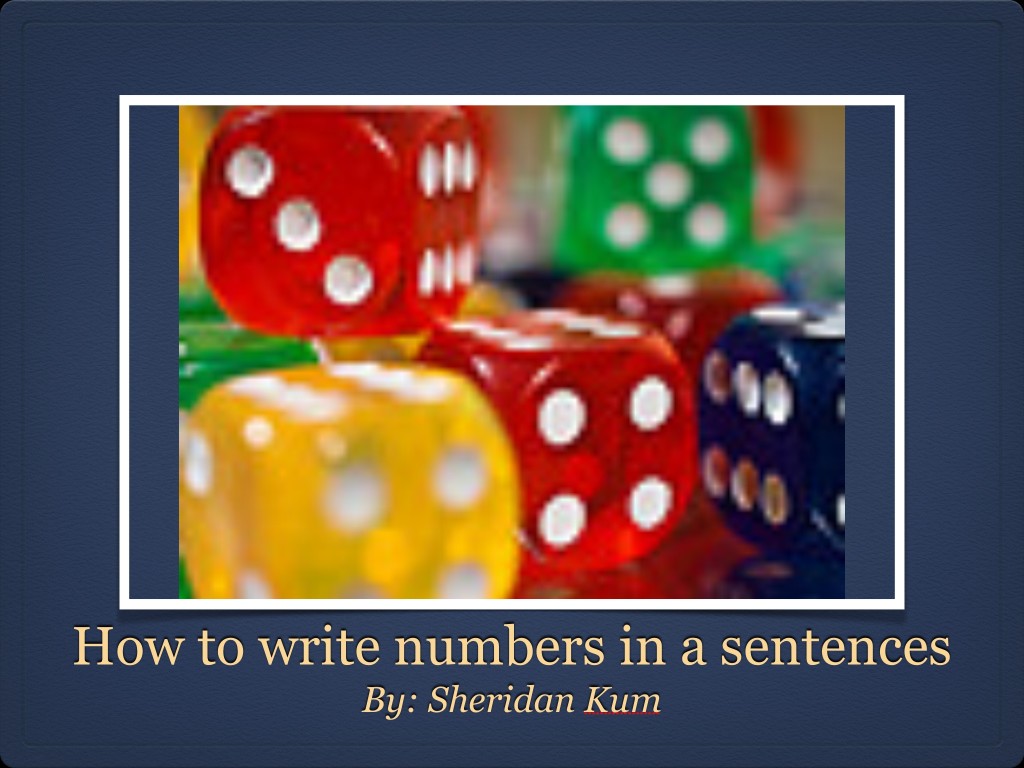
My Grammar Project: How to write number in a sentence by Sheridan K.
In class, I made and presented a Keynote presentation on how to write numbers in a sentence. It was a… read more


In class, I made and presented a Keynote presentation on how to write numbers in a sentence. It was a… read more
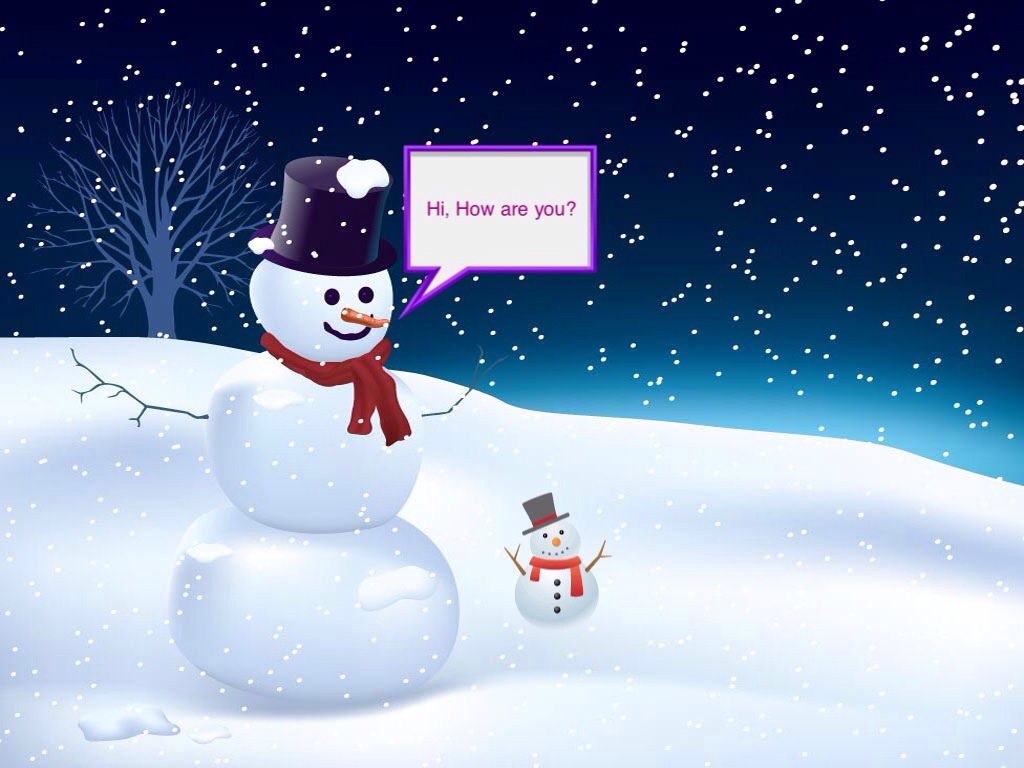
This picture was made by Katie C. You can use either first, second, or third person in a sentence. An… read more
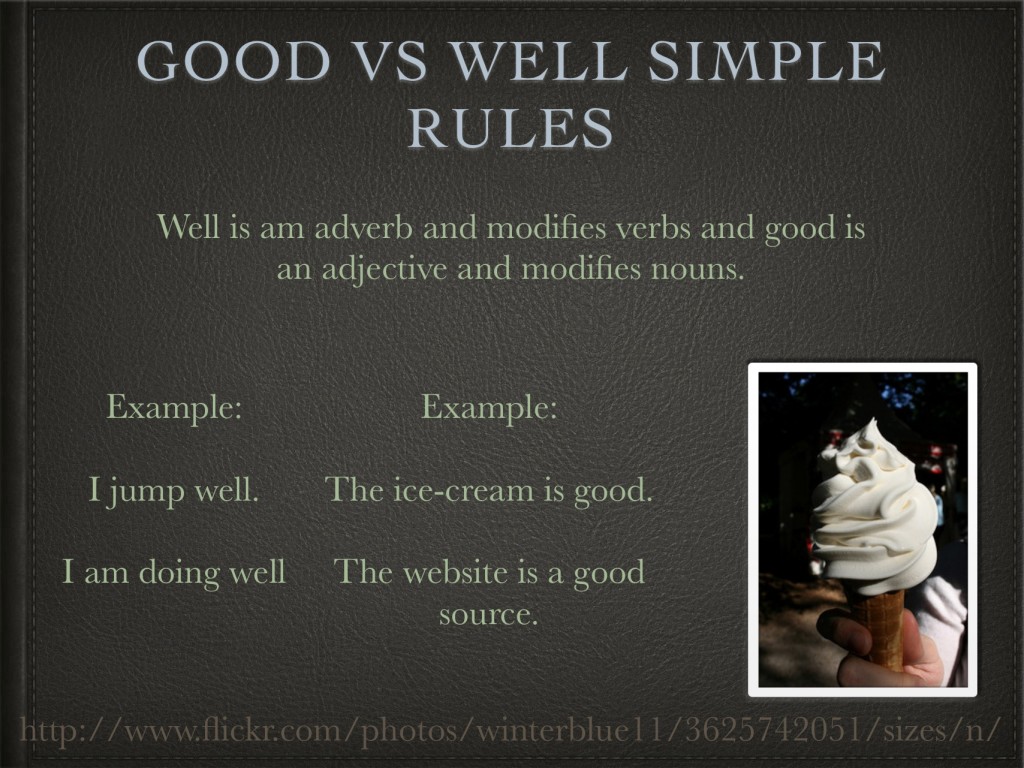
In this project I have learned a lot! Not only about good and well but about all the other grammar… read more
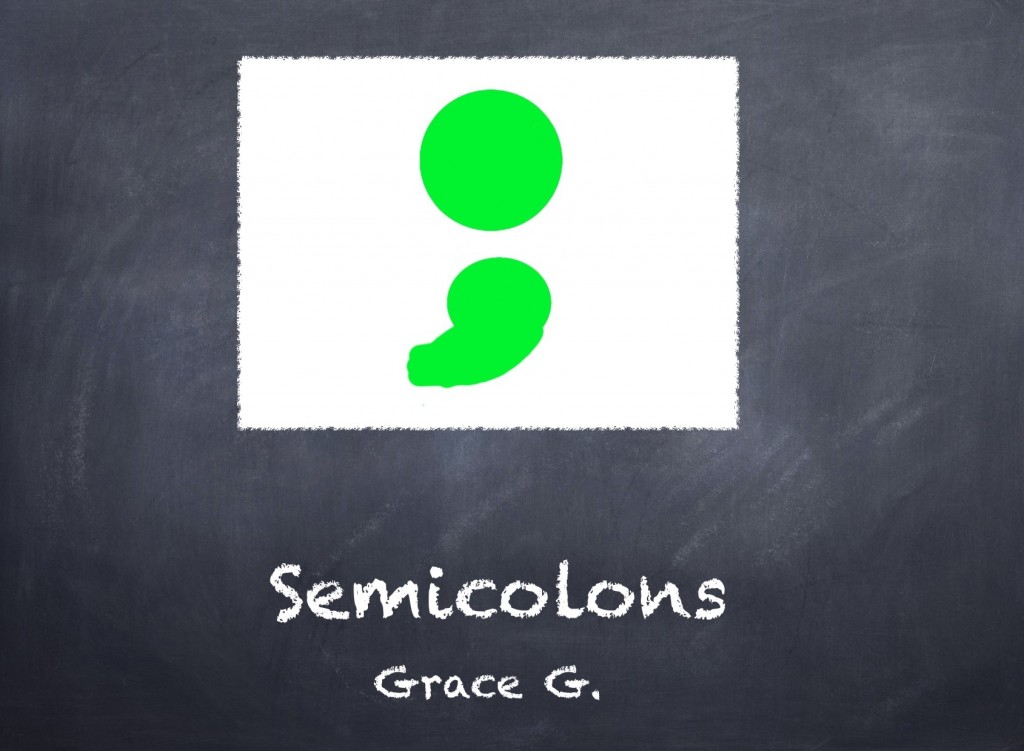
So in Mrs. Donnelly’s Language Arts class we had to do a grammar project, and my topic was semicolons. The… read more
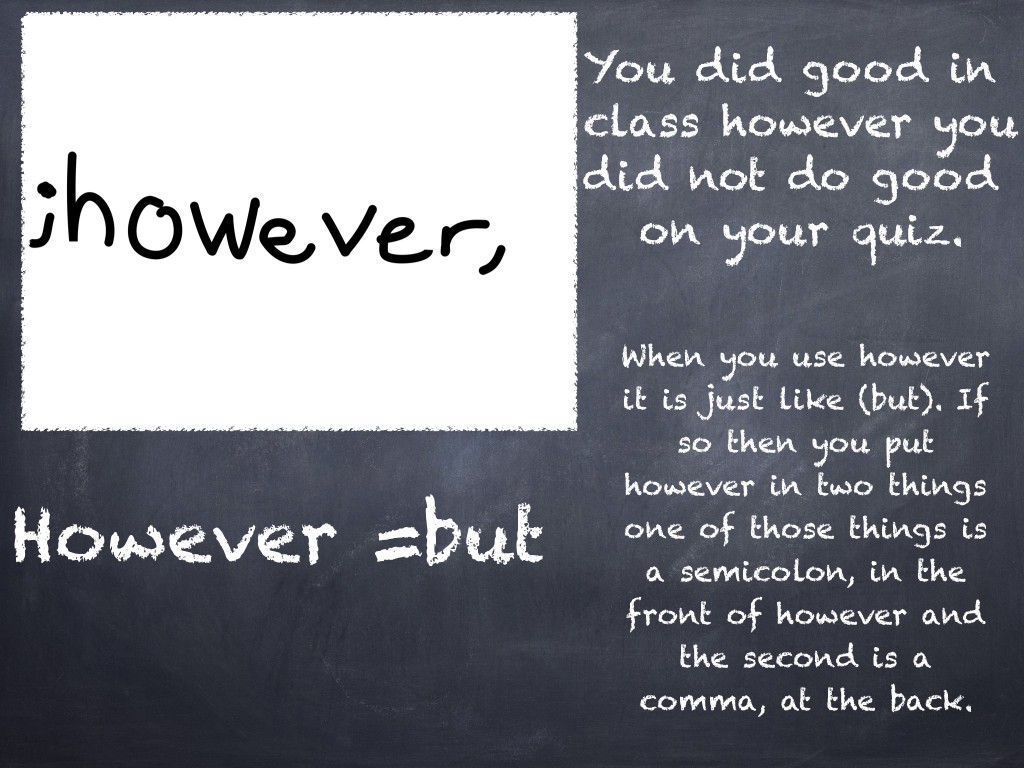
For my grammar project I did how to use however in a sentence. I’m going to teach you how to… read more
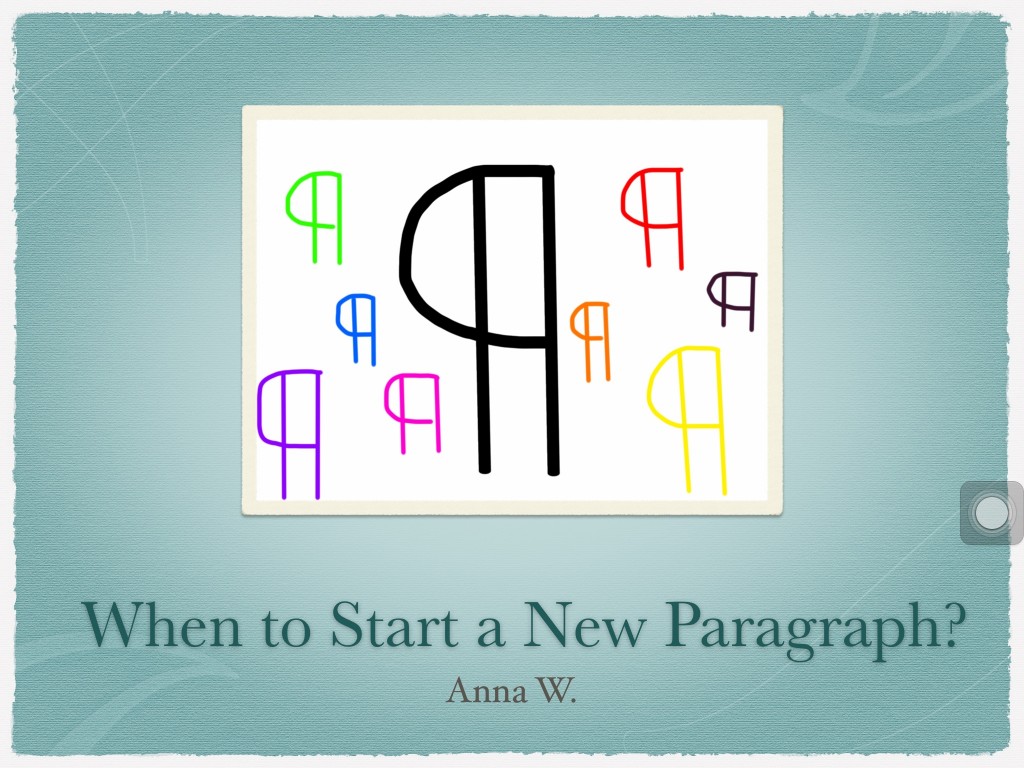
In 6th grade language arts class we each picked a topic to make a presentation for and to teach the… read more
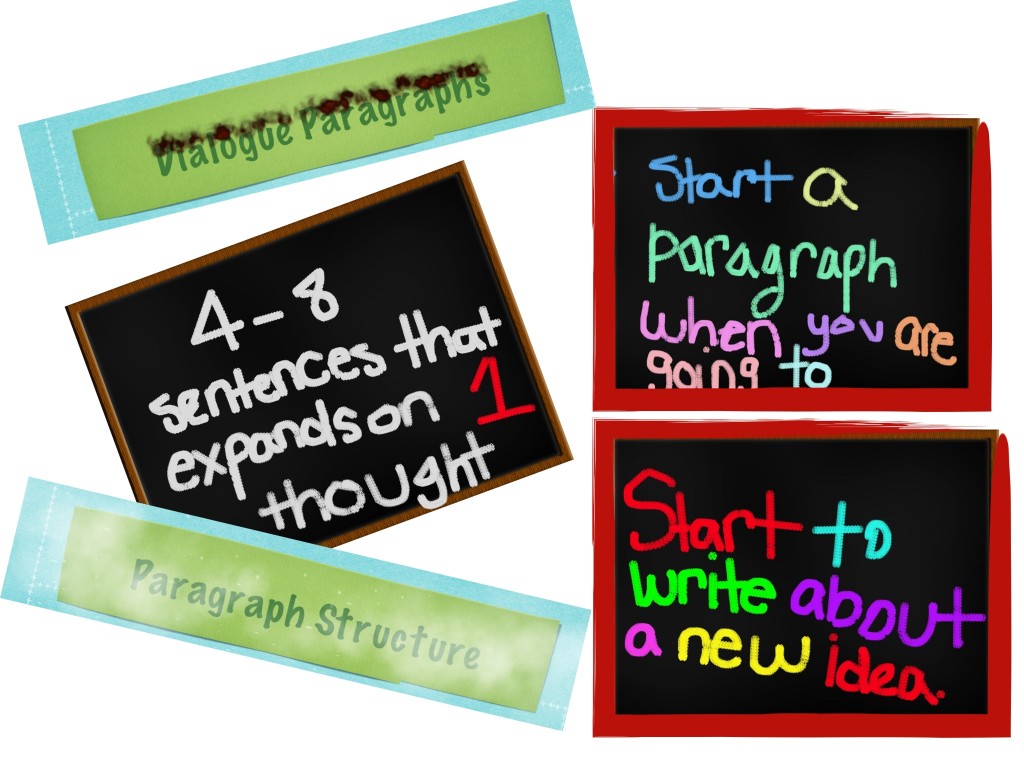
In my language arts class, I presented a Keynote, using my iPad, on when to start a paragraph. I used… read more

In LA I chose “Why the letter “Y” is a vowel” as the topic of my grammar project. I chose… read more
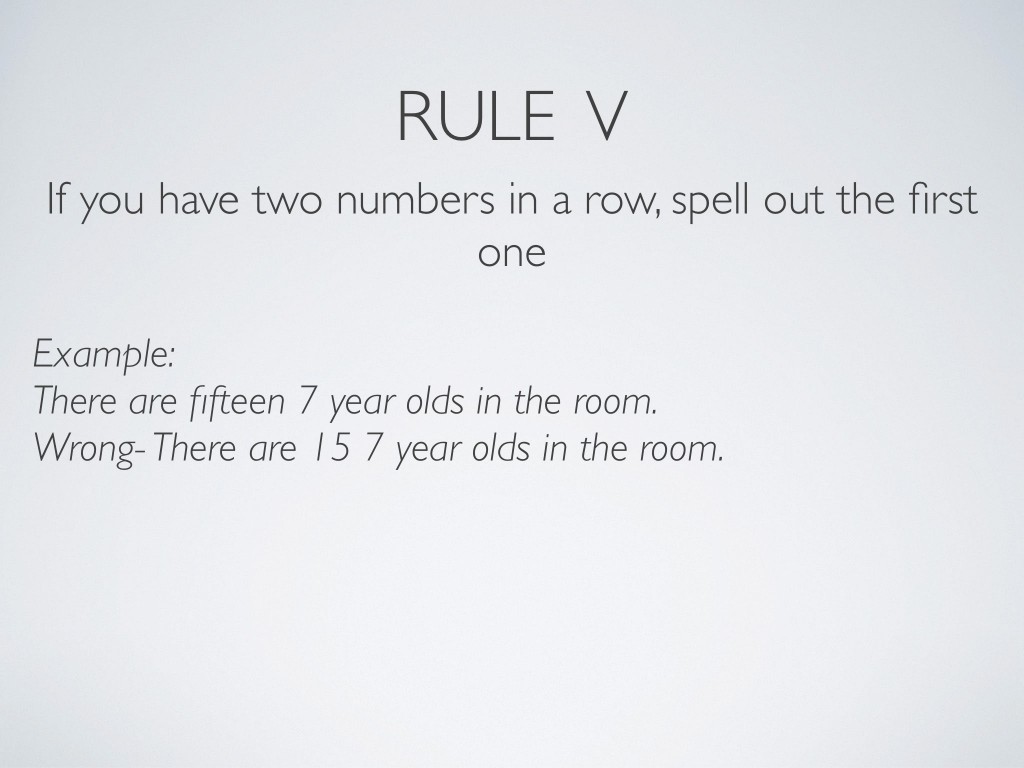
So for LA we had to do a grammar project! I did how to use numbers in a sentence because… read more
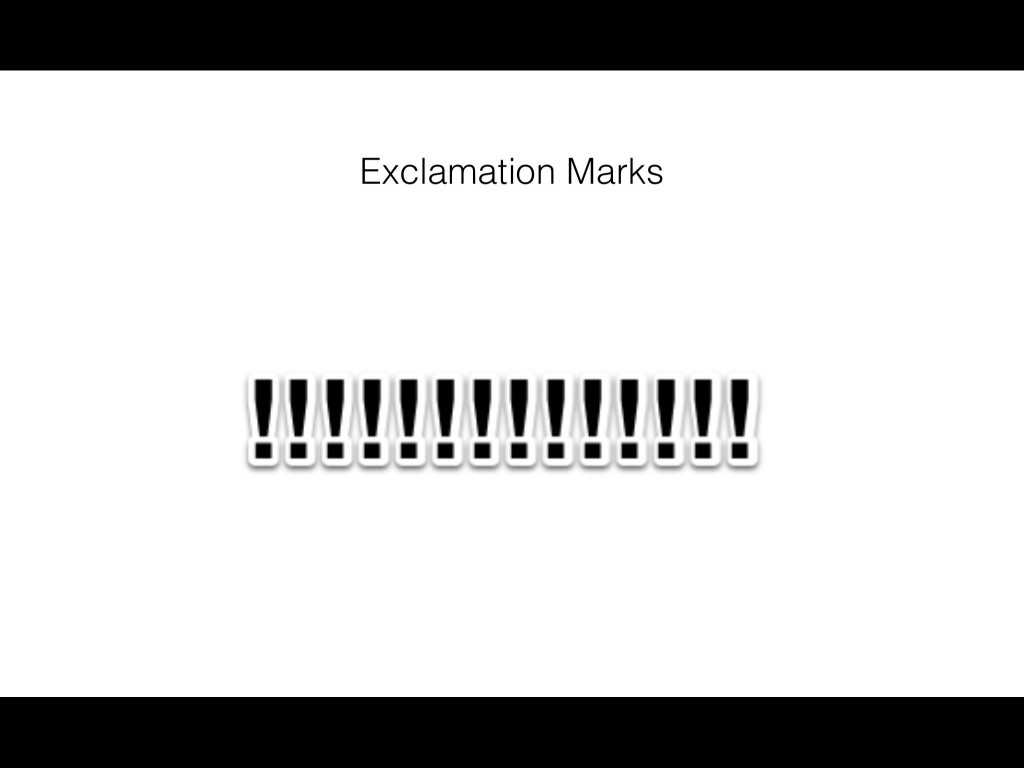
I did a presentation on Exclamation Marks. Exclamation marks are used at the end of an emphatic sentence or are… read more